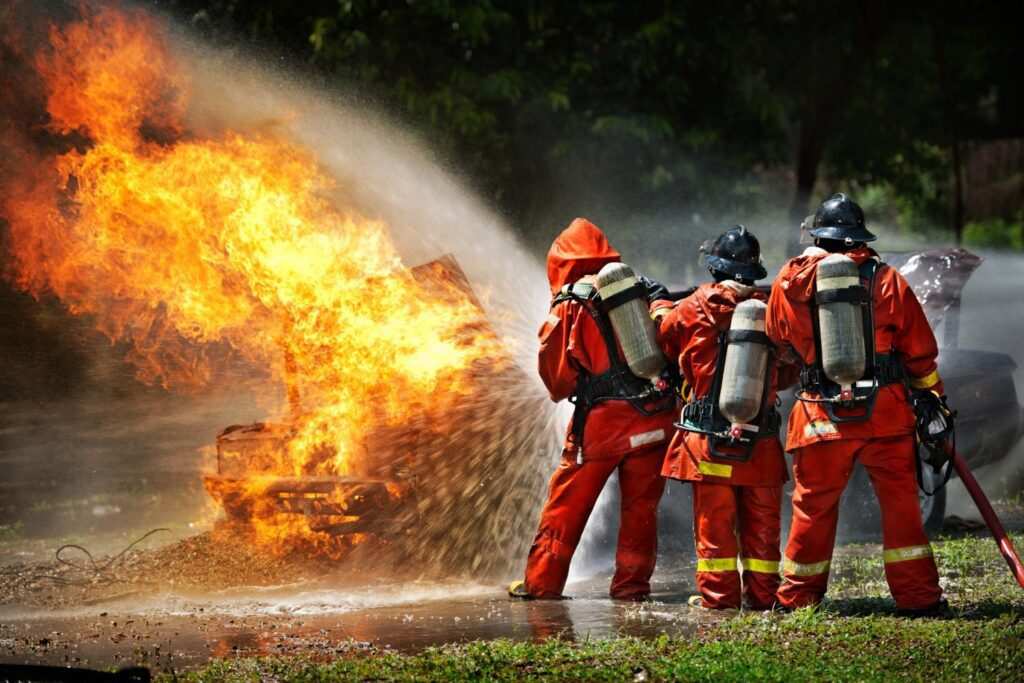Emerging Trends in Occupational Safety: Steering the Future of Workplaces
The landscape of occupational safety continues to evolve, driven by technological advancements, regulatory changes, and a deeper understanding of health and well-being at workplaces. Companies and institutions are perpetually on the lookout for innovative strategies and systems to enhance safety protocols, reduce risks, and ensure a healthier working environment. Let’s delve into the latest trends that are setting new benchmarks in the realm of occupational safety.
1. Technology Integration
Technological innovations continue to redefine the boundaries of occupational safety. Wearable devices that monitor the physical well-being of workers in real-time, drones that can assess the safety of remote or hazardous areas, and virtual reality (VR) for immersive safety training are just a few examples of how technology is being leveraged to augment safety procedures and training.
2. Mental Health Focus
There’s a burgeoning recognition of the significance of mental health in occupational safety. Companies are increasingly focusing on creating supportive environments, promoting work-life balance, and providing resources for mental health support. This approach is holistic, ensuring that mental health is given as much importance as physical safety.
3. Sustainable Safety Practices
Sustainability is not just a buzzword; it is being integratively adopted into safety practices. Organizations are adopting eco-friendly safety solutions and aiming to reduce their carbon footprint, even in safety equipment and practices, ensuring that the workplace is not just safe for the employees but also for the environment.
4. Remote Work Safety
In the wake of the global pandemic, remote work has become commonplace. This shift has led to a reevaluation of occupational safety strategies to accommodate the challenges and risks associated with remote work. Cybersecurity, ergonomic practices, and mental health support are pivotal areas of focus in ensuring the safety of remote workers.
5. Data-Driven Safety Decisions
Data analytics is playing a crucial role in driving safety decisions. The analysis of data collected through various channels, such as wearables, safety audits, and incident reports, is being utilized to glean insights, identify trends, and make informed decisions to enhance safety protocols and prevent accidents.
6. Enhanced Communication and Training
The value of clear communication and comprehensive training is being underscored more than ever. There’s a trend towards utilizing various platforms and tools, such as mobile apps and e-learning, to facilitate continuous learning, instant communication, and the real-time dissemination of important safety information.
7. Customized Safety Solutions
Recognizing that one size doesn’t fit all when it comes to safety, there’s a trend towards developing and implementing customized safety solutions that cater to the specific needs, risks, and challenges of different workplaces and industries.
Keeping abreast of these emerging trends is essential for organizations to foster a culture of safety that is contemporary, effective, and holistic. The integration of technology, a focus on mental health, sustainability, and customization are among the pivotal trends shaping the future trajectories of occupational safety.





